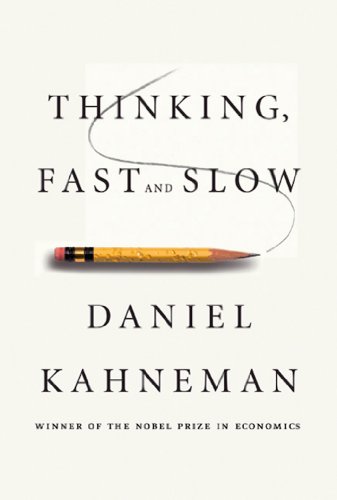

This article is an excerpt from the Shortform summary of "Thinking, Fast and Slow" by Daniel Kahneman. Shortform has the world's best summaries of books you should be reading.
Like this article? Sign up for a free trial here .
What does “regression toward the mean” mean in psychology? How does it apply to everyday life?
Regression toward the mean refers to the principle that, over repeated sampling periods, outliers tend to revert to the mean. High performers show disappointing results when they fail to continue delivering; strugglers show sudden improvement.
We’ll cover what it means to regress toward the mean in psychology, 7 examples of regression toward the mean, and how to counter biases related to this phenomenon.
Regression Toward the Mean
In reality, regression toward the mean is just statistical fluctuation. However, we tend to see patterns where there are none. We come up with cute causal explanations for why the high performers faltered, and why the strugglers improved.
Here are examples of regression toward the mean:
- A military commander has two units return, one with 20% casualties and another with 50% casualties. He praises the first and berates the second. The next time, the two units return with the opposite results. From this experience, he “learns” that praise weakens performance and berating increases performance.
- In the Small Numbers example above, if the Gates Foundation had measured the schools again in subsequent years, they’d find the top-performing small schools would have lost their top rankings.
- Many health problems tend to resolve on their own, given our bodies’ natural healing properties. However, patients attribute the healing to whatever action they took meanwhile – seeing a doctor, doing a superstitious act, taking medicine – while ignoring that they likely would have returned to full health without any action.
- Athletes on the cover of Sports Illustrated seem to do much worse after being featured. This is explained as the athlete buckling under the pressure of being put under the spotlight. In reality, this could simply be because the athlete had had an outlier year (which got them the attention to get on the cover) and has now regressed toward the mean.
- In dating, there is an idea that intelligent women tend to marry men who are less intelligent than they are. The reasons given are that smart men are threatened by intelligence, or that smart women want to be dominant. The statistical explanation is that intelligent women are a minority of women (by definition of the bell curve), and so when an intelligent woman marries a man, the man is simply statistically more likely to be less intelligent than the woman.
- The majority of mutual funds do not deliver returns better than the market, after deducting fees. However, individually, they may do well one year or another and thus have the appearance of shrewd financial insight.
- Publications like Fortune often release a list of “Most Admired Companies.” Over time, they find that the firms with the worst ratings earn much higher stock returns than the most admired firms. The causal explanation given is that the top firms rest on their laurels, while the worst companies get inspiration from being ranked poorly. In reality, both types of firms are just regressing toward the mean.
Regression toward the mean occurs when the correlation between two measures is imperfect, and so one data point cannot predict the next data point reliably. The regression toward the mean “phenomena” above can be restated in these terms: “the correlation between year 1 and year 2 of an athlete’s career is imperfect”; “the correlation of performance of a mutual fund between year 1 and year 2 is imperfect.”
In other words, when we ignore regression toward the mean, we overestimate the correlation between the two measures. When we see an athlete with an outlier performance in one year, we expect that to continue. When it doesn’t, we come up with causal explanations rather than realizing we simply overestimated the correlation.
These causal explanations can give rise to superstitions and misleading rules (“I swear by this treatment for stomach pain.”)
Antidote to this bias against regression toward the mean: when looking at high and low performers, question what fundamental factors are actually correlated with performance. Then, based on these factors, predict which performers will continue and which will regress toward the mean.
———End of Preview———

Like what you just read? Read the rest of the world's best summary of "Thinking, Fast and Slow" at Shortform . Learn the book's critical concepts in 20 minutes or less .
Here's what you'll find in our full Thinking, Fast and Slow summary :
- Why we get easily fooled when we're stressed and preoccupied
- Why we tend to overestimate the likelihood of good things happening (like the lottery)
- How to protect yourself from making bad decisions and from scam artists






